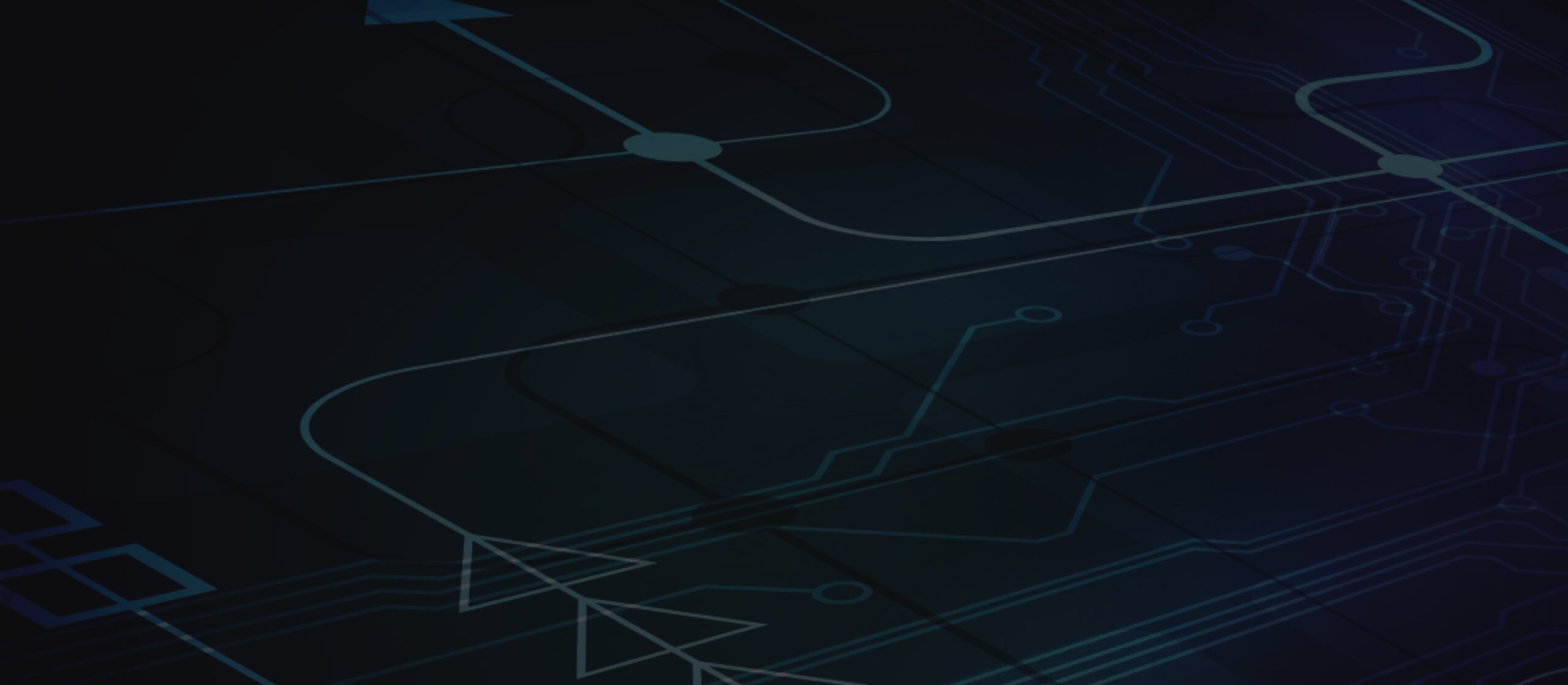
Our previous articles explored insights from BlueOptima’s report, Autonomous Coding: Are we there yet? on the impact of coding automation on productivity, quality, and security. Now, we focus on the future of autonomous coding, where Generative AI (GenAI) tools are expected to play an increasingly central role. While the potential is vast, the journey to full automation presents challenges and transformative opportunities. This article discusses some predictions for GenAI in coding. It draws insights from BlueOptima’s report and envisions the future of software automation.
GenAI in Every Workflow: The New Normal for Developers?
With the rapid proliferation of LLMs since 2022, GenAI tools will increasingly become standard across development teams, automating increasingly repetitive tasks. BlueOptima’s study shows that higher automation levels boost productivity by minimising routine coding time. Soon, GenAI will handle boilerplate code, configuration, and testing, allowing developers to focus on creative problem-solving and strategic forward-planning.
Automation will drive faster prototyping and testing, enabling quicker application development and refinement. As companies leverage AI for rapid experimentation, particularly in data-intensive tasks, the time to market for new solutions will decrease.
To fully realise these benefits, organisations must establish frameworks for AI integration to enhance productivity without overwhelming teams or compromising quality. Embedding AI-driven automation into daily workflows will unlock efficiencies, accelerate development cycles, and help organisations maintain a competitive edge.
Hybrid Development Models: Where GenAI Meets Human Expertise
Hybrid development models that blend GenAI with human oversight will likely become the standard, especially for complex and quality-sensitive projects. These models combine AI’s efficiency in handling repetitive tasks with human judgment for quality assurance and alignment with project goals. As GenAI becomes integral to development, developer roles will shift toward managing, validating, and securing AI outputs, creating demand for skills in AI facilitation, quality assurance, and regulatory compliance. Organisations can prepare for this evolution by investing in upskilling, ensuring teams have the expertise to effectively oversee AI-driven workflows and maintain high standards in an automated environment.
Securing GenAI: Addressing New Risks in Automation
BlueOptima’s report highlights that as GenAI takes on greater responsibility, vulnerabilities like embedded secrets and insecure dependencies increase, especially at higher automation levels. Addressing these risks will require adaptable security protocols.
Organisations must integrate continuous vulnerability scanning within CI/CD pipelines to mitigate risks and perform regular human reviews of AI-generated code. Embedding security automation in workflows helps teams quickly identify and address issues, ensuring the integrity of GenAI-authored code.
Responsible AI: Preparing for New Standards in Coding
As AI becomes more widespread, ethical and regulatory standards will evolve, particularly in finance, healthcare, and other regulated sectors. Issues around accountability, transparency, and AI bias will require careful attention as organisations scale automation.
Future regulatory frameworks will likely demand traceability, data privacy, and accountability in AI-generated code. Organisations can prepare by establishing internal guidelines for ethical AI practices and preemptively addressing regulatory expectations, reducing risks and building trust.
Tailored GenAI: Industry-Specific Models and Custom Tools
To overcome the limitations of general-purpose AI, organisations will increasingly adopt customised GenAI models tailored to specific industry needs. For instance, a healthcare-focused AI model might prioritise data privacy and regulatory compliance, while in finance, GenAI could be optimised for security and risk assessment. These specialised models enable AI outputs to meet industry-specific quality and regulatory standards, reducing aberrant coding and boosting productivity. By customising GenAI to align with sector requirements, organisations can set the stage for more precise and effective automation.
In parallel, AI-enabled developer tools are becoming essential in daily workflows, enhancing developers’ efficiency and creativity across sectors. These tools assist with code generation, bug fixing, and documentation, freeing developers to focus on strategic tasks. As more industries develop customised GenAI models and integrate tools, the ability to tailor AI to the specific demands of each sector will transform development, helping organisations maintain compliance, enhance productivity, and drive innovation through targeted automation.
Conclusion
The future of GenAI coding offers excellent opportunities for innovation and productivity. Achieving this requires a careful balance of automation and human oversight. Organisations must act strategically to position themselves at the forefront of responsible and effective automation as they adapt to the changing landscape.
To explore the data behind these predictions and see how the Coding Automation Framework applies to your development team, read BlueOptima’s full report here.
Related articles...
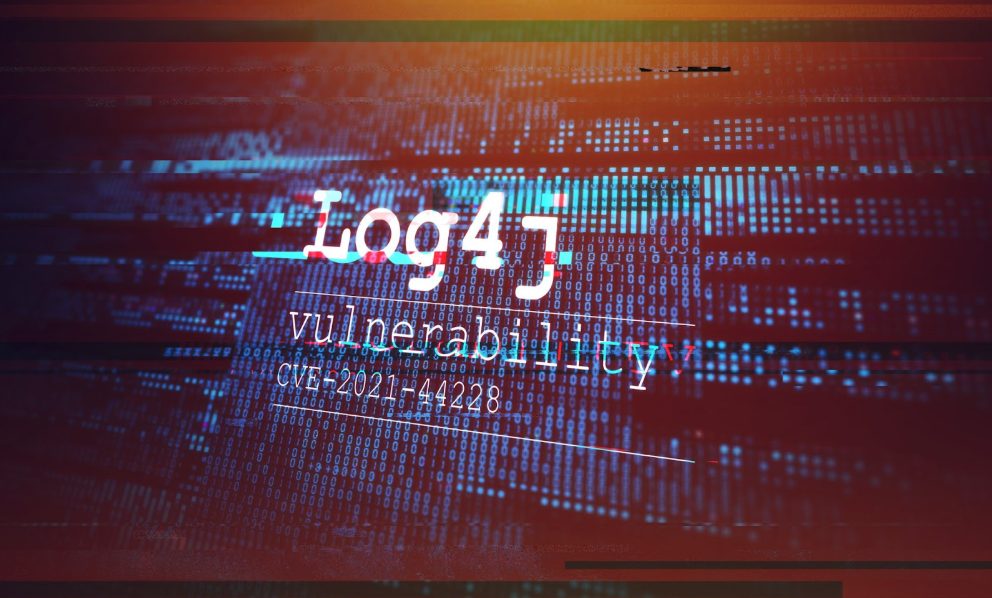
Article
Inside the $55 Billion Breach Puzzle: What Data Breaches Really Cost Enterprises
When thinking about the financial impact of cybersecurity breaches, the…
Read More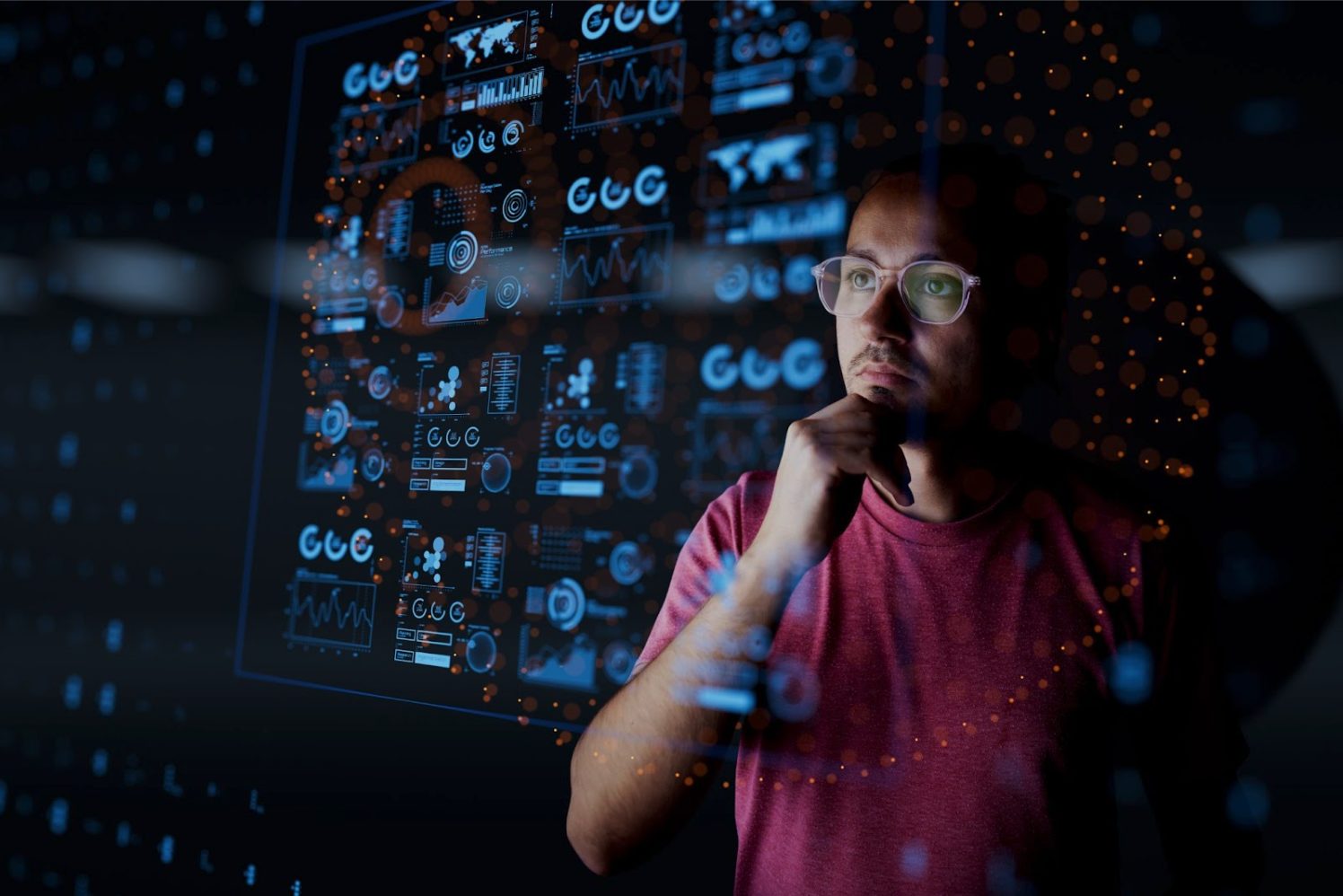
Article
How Software Quality Metrics Boost Team Performance
Measuring software delivery speed has become second nature for many…
Read More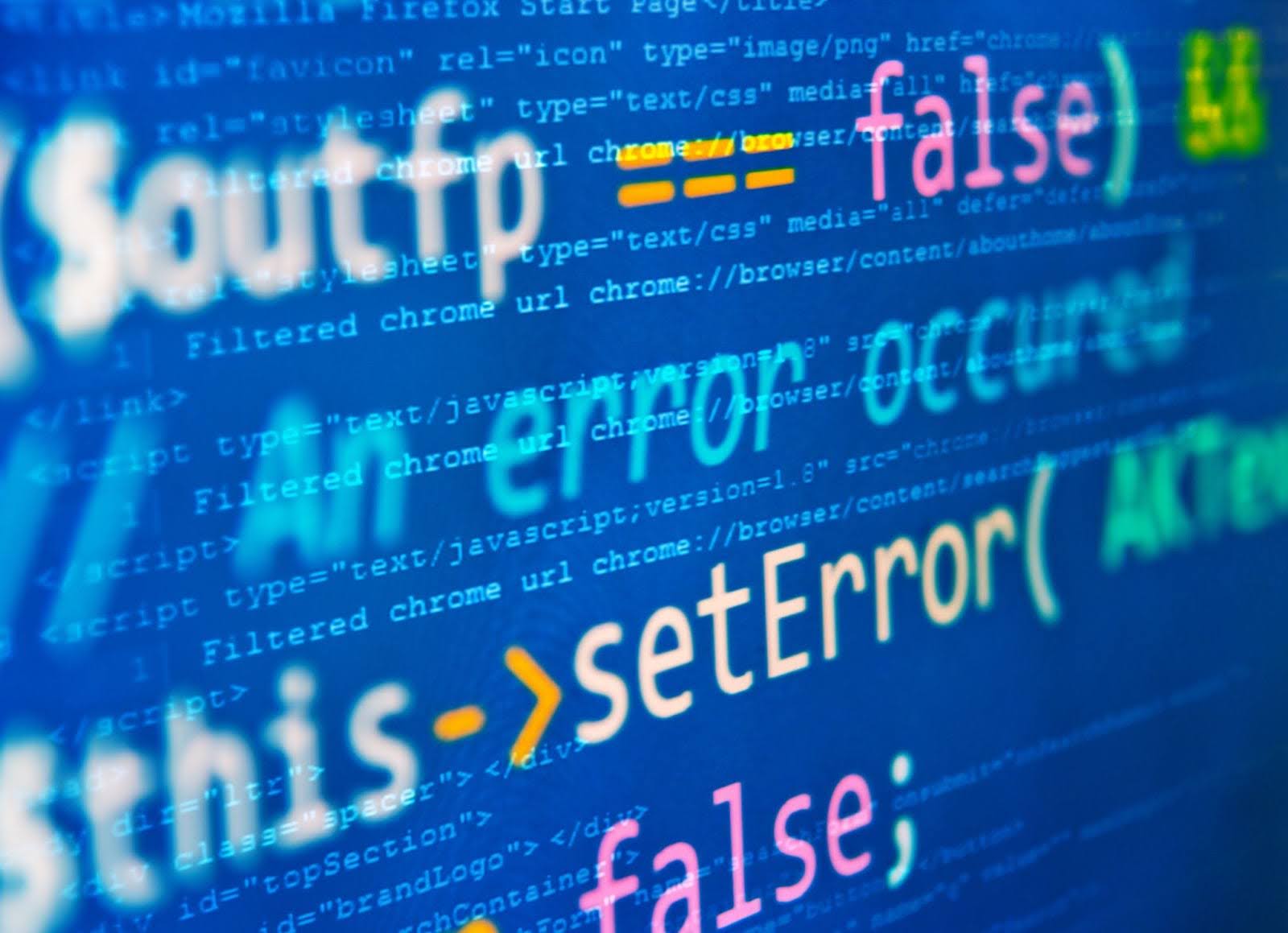
Article
The Real Price of Technical Debt
For understandable reasons, businesses often prioritise speed over software quality….
Read More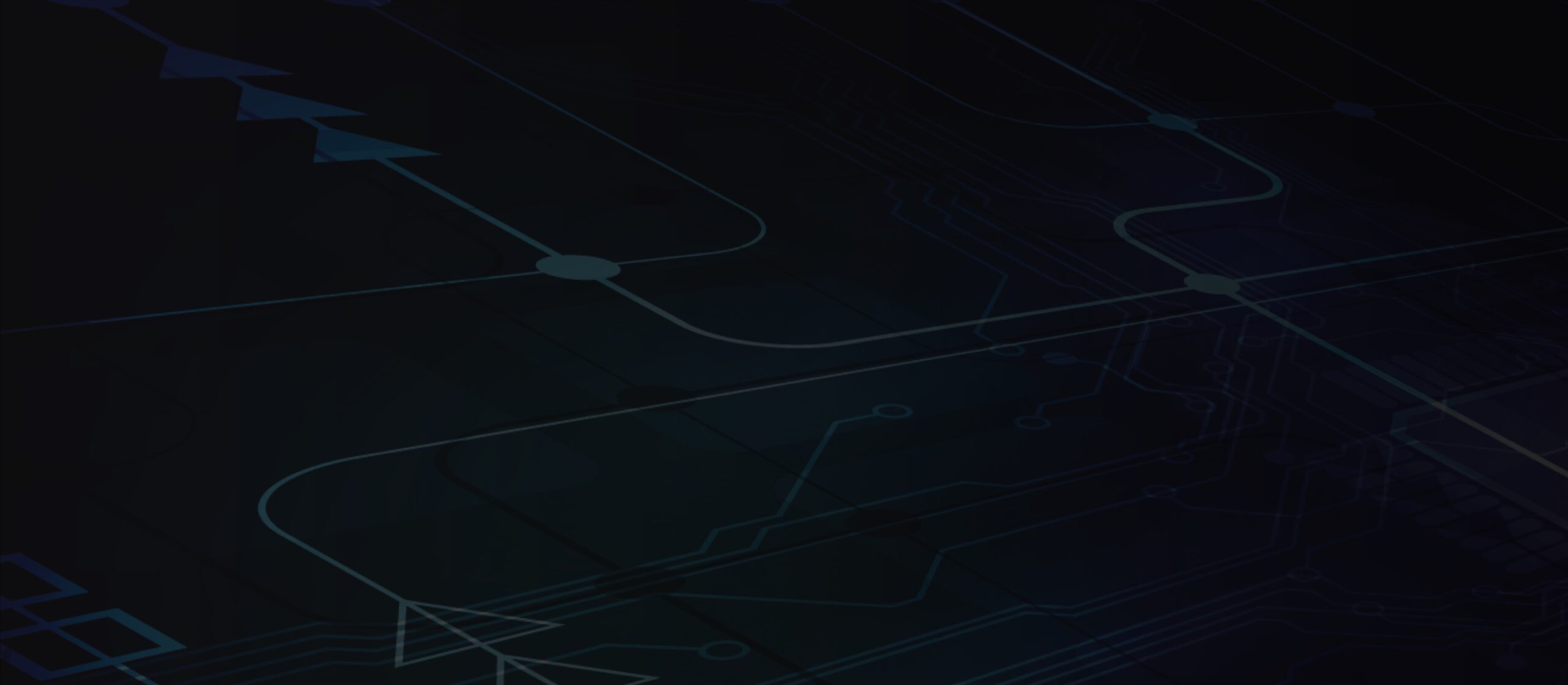
Bringing objectivity to your decisions
Giving teams visibility, managers are enabled to increase the velocity of development teams without risking code quality.
out of 10 of the worlds biggest banks
of the S&P Top 50 Companies
of the Fortune 50 Companies